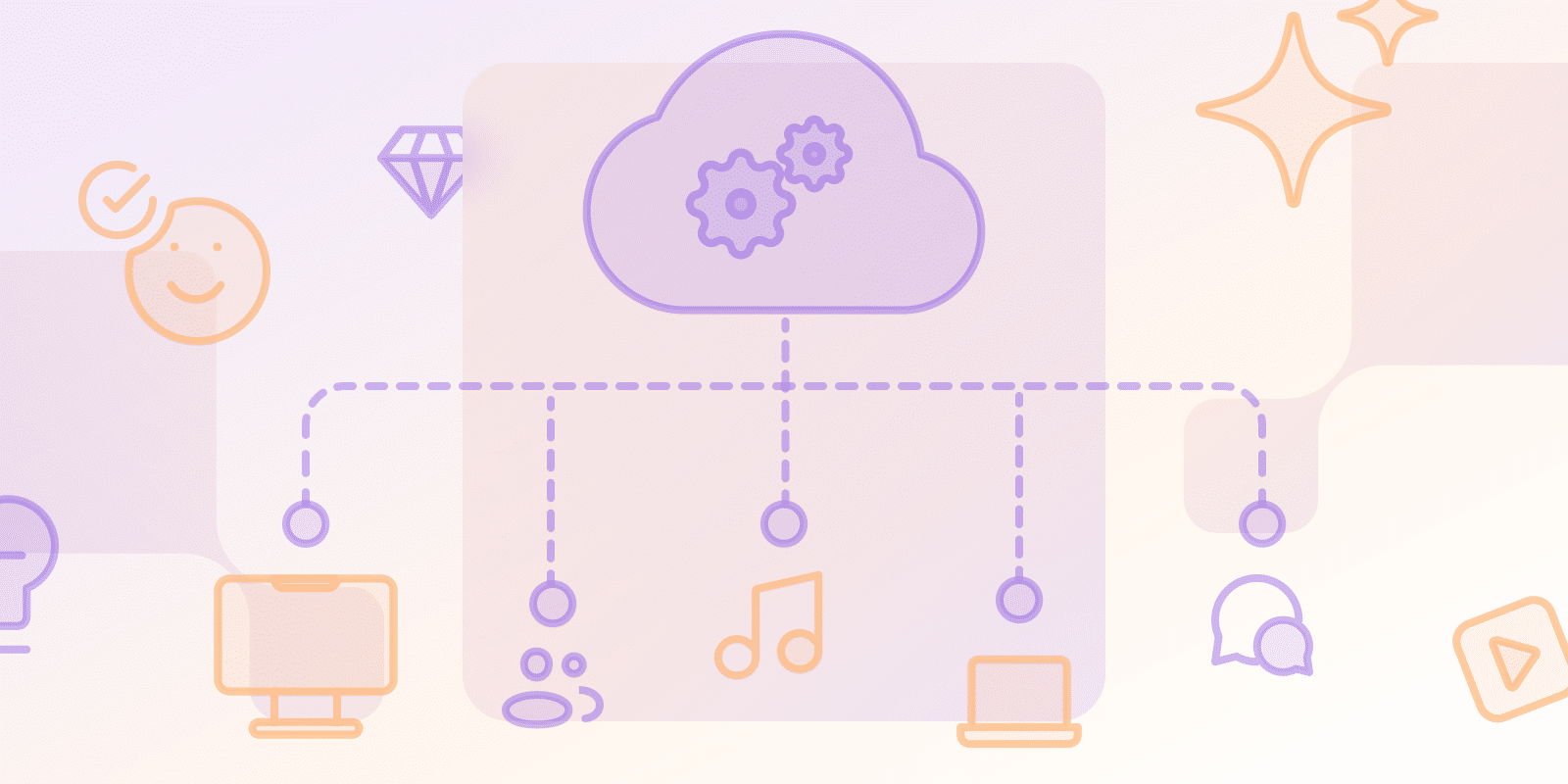Computación sin servidor
¿Qué es Functions as a Service (FaaS)?

¿Qué es el modelo Functions as a Service (FaaS)?
Functions as a Service o FaaS es un modelo de ejecución de computación sin servidor que permite a los desarrolladores implementar y ejecutar aplicaciones fácilmente sin necesidad de administrar los servidores. En resumen, con FaaS, usted escribe el código mientras que el proveedor de la nube maneja automáticamente la implementación del servidor, la asignación de recursos y la administración del entorno.
¿Cómo funciona FaaS?
En el modelo FaaS, los desarrolladores escriben código en forma de funciones, que son fragmentos pequeños e independientes diseñados para realizar una sola operación. Estas funciones se inician mediante eventos, por ejemplo, solicitudes HTTP, cambios en la base de datos o un evento de carga de archivos. Cuando ocurre un evento, el proveedor de la nube asigna inmediatamente los recursos necesarios para la función y los libera después de que se realiza el evento de la función. Este modelo de computación permite una implementación sin servidor basada en eventos, lo que significa cobrar por ejecución de función.
Algunos proveedores de FaaS conocidos son Amazon AWS Lambda, Microsoft Azure Functions y Google Cloud Functions.
¿Cuál es la diferencia entre FaaS y SaaS?
FaaS y SaaS son modelos de implementación en el cómputo en la nube entorno, aunque tienen funciones diferentes.
- FaaS: Proporciona una plataforma para ejecutar código personalizado activado por eventos específicos. Los desarrolladores de aplicaciones controlan el código y la infraestructura, mientras que el escalado se gestiona automáticamente y al nivel más micro. Los costes se determinan por los recursos reales utilizados (pago por uso).
- SaaS: Proporciona soluciones de software preconfiguradas a través de una infraestructura en la nube. Los usuarios trabajan con la interfaz proporcionada, pero tienen un control limitado sobre la infraestructura subyacente. Esto se debe a que la escalabilidad suele estar limitada en los planes de suscripción, mientras que los costes suelen cobrarse en Suscripciones.
| Característica | Funciones como servicio (FaaS) | Software como servicio (SaaS) |
|---|---|---|
| Funcionalidad principal | ||
| Propósito principal | Ejecutar código personalizado activado por eventos específicos | Proporcionar soluciones de software preconfiguradas |
| Control de la infraestructura | Los desarrolladores controlan el código y la infraestructura | Control de usuario limitado sobre la infraestructura subyacente |
| Escalabilidad y rendimiento | ||
| Mecanismo de escalado | Escalado automático a nivel micro | Normalmente limitado por los planes de suscripción |
| asignación de recursos | Dinámico, basado en la ejecución real de la función | Estático, predefinido por el nivel de suscripción |
| Modelo de precios y costos | ||
| Estructura de precios | Pago por uso, cobrado por ejecución de función | Basado en suscripción, tarifas recurrentes fijas |
| Eficiencia de Costos | Alto, solo paga por el tiempo de cómputo real utilizado | Costos fijos independientemente del uso real |
¿Cuál es el principal beneficio de FaaS?
FaaS es un tipo de computación sin servidor en el que los desarrolladores se centran específicamente en escribir código y pueden tener muy poco control sobre los servidores. Permite ajustar la escala de actividad y se basa en un mecanismo automático de cobro por uso en función de la carga de trabajo en una aplicación.
¿Cuáles son las desventajas de FaaS?
A pesar de las ventajas que conlleva FaaS, es fundamental analizar algunas de sus desventajas.
- Dependencia del proveedor: Puede haber variaciones entre cómo se implementa FaaS entre diferentes proveedores de nube, lo que podría crear dificultades para mover su aplicación.
- Inicios en frío: El tiempo de inicio inicial de las funciones inactivas puede prolongarse, lo que lleva a un retraso en la retroalimentación en lo que respecta a las personas.
- Depuración y supervisión: Una aplicación distribuida sin servidor puede ser más compleja de depurar y monitorear que una aplicación monolítica.
- Independencia de estado: Preservar el estado en todas las ejecuciones de la función es bastante complejo y se debe hacer un esfuerzo adicional al diseñar una aplicación.
A pesar de estas desventajas, FaaS es ampliamente utilizado en la creación de aplicaciones de alta tecnología, escalables y rentables, particularmente en marcos centrados en el cliente y basados en eventos.
Conclusión
FaaS es una extensión de la arquitectura sin servidor en la que los desarrolladores pueden crear e implementar aplicaciones sin adquirir servidores. FaaS oculta la infraestructura para la utilización de escalado automatizado, círculo de desarrollo y costo basado en recursos. Puede implementar FaaS en el desarrollo de soluciones en la nube escalables y basadas en eventos, sin embargo, no es adecuado para todo tipo de aplicaciones.